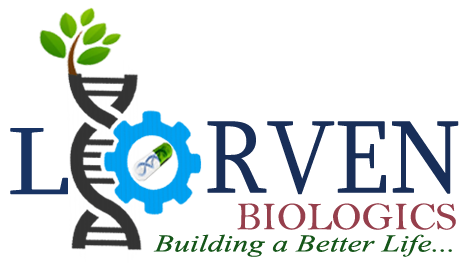Chemical Process R&D
Chemical Process R&D
Chemical Process R&D is an important step in the design, development and operation of chemical processes. Chemical Process R&D professionals work with product developers to identify key components of a chemical process and establish a product range that meets customer needs. They also collaborate with engineers who implement processes on pilot- scale runs at pilot/development scale.
Explore the fundamental chemical mechanisms of an existing chemical process by identifying the ideal feed solution and the desired product.
Before you can design a chemical process, it's important to understand the fundamental chemical mechanisms of an existing chemical process. Fundamental chemicals are those that have been studied in detail and have been shown to be essential for production of target products.
In order for you to identify ideal feed solutions and desired products, we recommend using a chemical process flow diagram (CPFD). A CPFD is an easy way to represent all the variables involved in your existing or new process. It helps you visualise how each variable affects other variables, allowing you to identify product, feed and reaction conditions for target formulations

Use a chemical process flow diagram to identify product, feed and reaction conditions for target formulations.
A chemical process flow diagram (CPFD) is a graphical representation of all the steps involved in producing a particular product or material. The CPFD can be used to identify product, feed and reaction conditions for target formulations.
The CPFD shows the flow of material through the process, which helps you understand how each step affects other parts of your system. This understanding allows you to work out how best to produce your desired products without having to make guesses based on trial-and- error methods or past experience alone.
Identify key functions and components of chemical processes.
In order to effectively design a chemical process, you must first be able to identify its key functions. This will help you understand how each component works in conjunction with the others and what impact their individual actions have on our overall goal of producing product (or service) from raw materials. To do this effectively, it's necessary for us to consider all relevant variables–including time, temperature, pressure and concentration levels–that might affect how these components interact with one another during operation procedures like mixing or heating up reagents at high temperatures so they turn into something useful!
Reach us
Operations
D No 5-62/2, BNR Building, Dulapally Road, Medchal, Malkazgiri, Kompally, Hyderabad, Telangana-500014.
Registered
D No 80-1, Modugulapeta Village, Govindapuram Post, Santhakaviti Mandal, Srikakulam, Andhra Pradesh-532123.
Contact info
Phone Number
+91 77805 68694
info@lorvenbiologics.com
